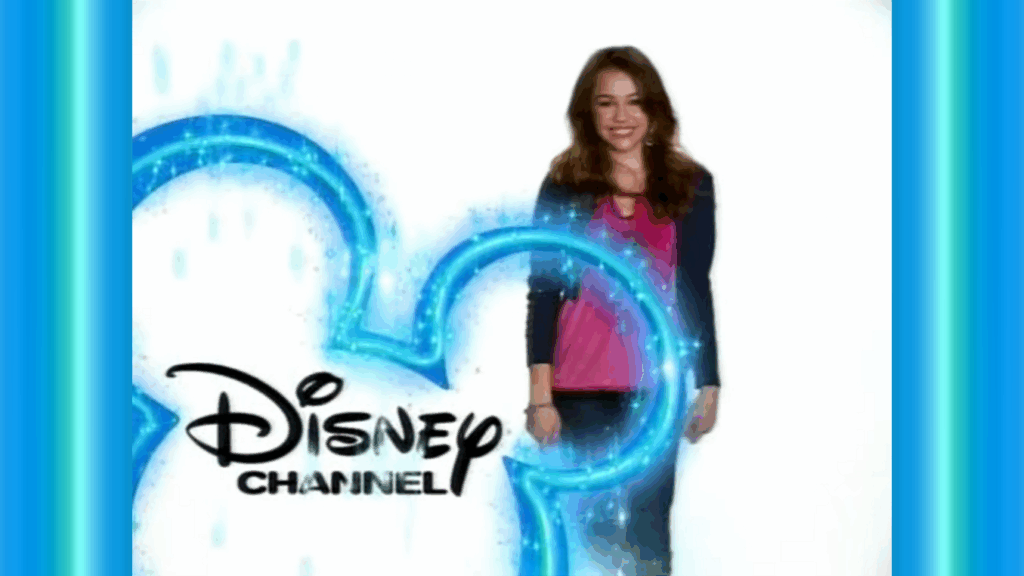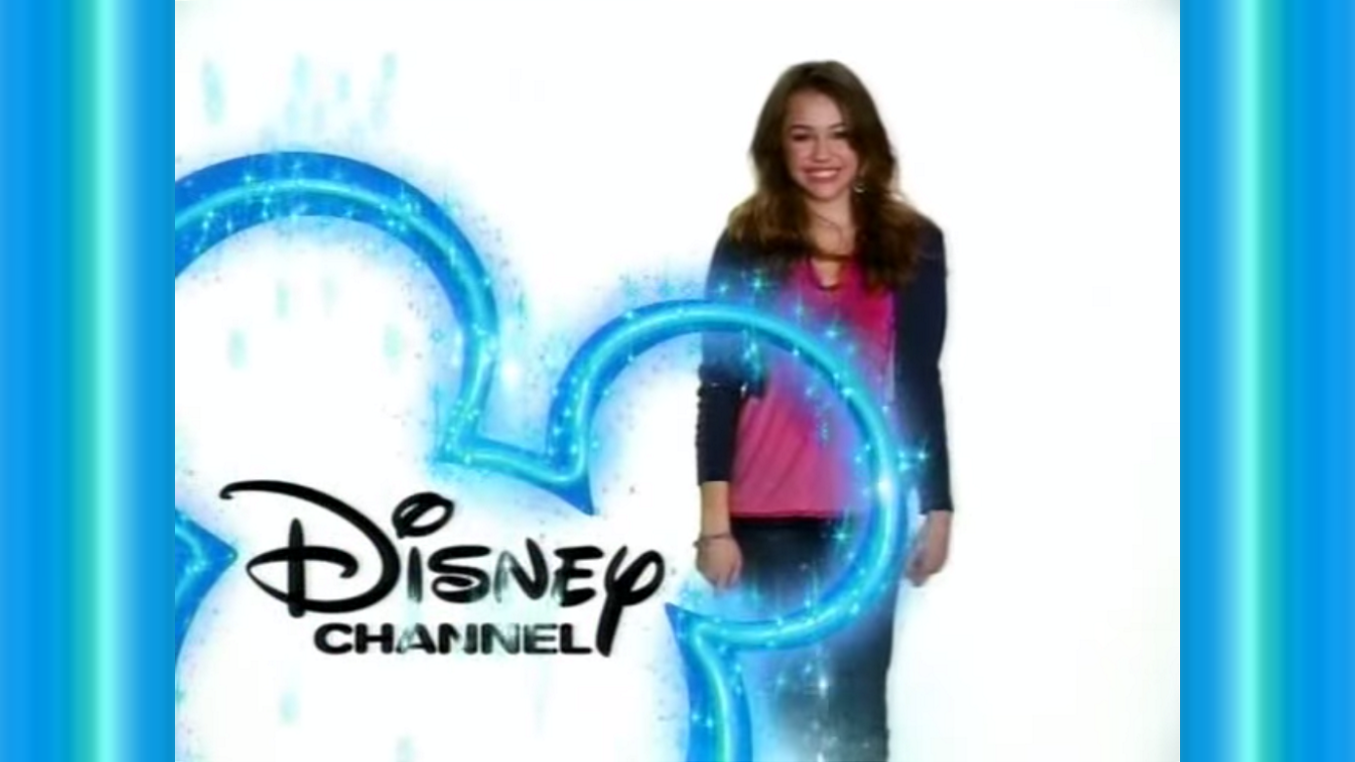
Decoding the Disney Channel Identity: Evolution, Impact, and Future
The Disney Channel, a cornerstone of childhood entertainment for generations, has cultivated a distinct identity. This identity, however, is not static; it’s a constantly evolving reflection of societal trends, technological advancements, and the ever-changing tastes of its target audience. Understanding the Disney Channel identity requires examining its historical roots, analyzing its programming strategies, and considering its future trajectory in a rapidly transforming media landscape. This article delves into the multifaceted nature of the Disney Channel identity, exploring its evolution, its impact on popular culture, and the challenges it faces in maintaining relevance in the digital age.
The Genesis of a Brand: Early Years and Defining Shows
Launched in 1983 as a premium cable service, the Disney Channel’s initial programming focused primarily on classic Disney animated features, family-friendly movies, and educational content. Shows like “Good Morning, Mickey!” and “Dumbo’s Circus” catered to a younger audience, establishing a reputation for wholesome entertainment. However, the channel’s identity began to solidify in the late 1990s and early 2000s with the introduction of original series aimed at pre-teens and teenagers. This shift marked a crucial turning point, transforming the Disney Channel from a repository of classic Disney content to a producer of original programming that defined a generation.
Shows like “Even Stevens,” “Lizzie McGuire,” and “That’s So Raven” became cultural touchstones. These series, while still adhering to Disney’s family-friendly values, tackled relatable issues facing young people, such as navigating friendships, dealing with school pressures, and discovering their identities. The success of these shows cemented the Disney Channel identity as a platform for aspirational yet relatable teen dramas and comedies.
The Sitcom Era: A Formula for Success
The 2000s witnessed the rise of the Disney Channel sitcom, a formulaic yet highly successful genre that dominated the channel’s programming. Shows like “Hannah Montana,” “The Suite Life of Zack & Cody,” and “Wizards of Waverly Place” followed a similar template: a high-concept premise, a talented ensemble cast, catchy theme songs, and a focus on humor and heart. These sitcoms became massive hits, launching the careers of stars like Miley Cyrus, Dylan and Cole Sprouse, and Selena Gomez. The Disney Channel identity became synonymous with these lighthearted, aspirational sitcoms that offered an escape from the realities of everyday life.
This era also saw the rise of the Disney Channel Original Movie (DCOM). These made-for-television movies, often featuring musical elements or fantastical storylines, became a staple of the channel’s programming. DCOMs like “High School Musical,” “Camp Rock,” and “Teen Beach Movie” achieved phenomenal success, further solidifying the Disney Channel identity as a hub for teen-centric entertainment.
Evolving Beyond the Sitcom: New Genres and Diverse Representation
While the sitcom formula proved successful for many years, the Disney Channel has gradually diversified its programming in recent years. The channel has introduced animated series like “Phineas and Ferb” and “Gravity Falls,” which appeal to a broader audience with their clever writing and imaginative storylines. These animated shows have helped to expand the Disney Channel identity beyond live-action sitcoms, demonstrating a willingness to experiment with different genres and formats.
Furthermore, the Disney Channel has made efforts to improve representation in its programming. Shows like “Andi Mack” and “Raven’s Home” feature diverse casts and storylines that address important social issues. This commitment to inclusivity reflects a growing awareness of the need to cater to a wider range of viewers and to promote positive messages about diversity and acceptance. The ongoing evolution of the Disney Channel identity is visibly prioritizing greater representation.
The Impact of Streaming: Challenges and Opportunities
The rise of streaming services like Netflix, Hulu, and Disney+ has significantly impacted the Disney Channel. With viewers increasingly turning to on-demand platforms for their entertainment, the traditional television model is facing new challenges. The Disney Channel must adapt to this changing landscape by offering compelling content that can compete with the vast libraries of streaming services. This requires a strategic reevaluation of the Disney Channel identity.
Disney+ poses both a challenge and an opportunity for the Disney Channel. On one hand, Disney+ offers a vast library of Disney content, including classic shows and movies that were previously exclusive to the Disney Channel. This could lead to a decline in viewership for the traditional television channel. On the other hand, Disney+ provides a platform for the Disney Channel to showcase its original programming to a wider audience. Shows like “High School Musical: The Musical: The Series” and “The Mighty Ducks: Game Changers” have found success on Disney+, demonstrating the potential for the Disney Channel to leverage the streaming platform to reach new viewers.
The Future of the Disney Channel Identity
The future of the Disney Channel identity hinges on its ability to adapt to the changing media landscape, embrace diversity and inclusivity, and continue to create compelling content that resonates with its target audience. This requires a willingness to experiment with new genres, formats, and platforms, while remaining true to the core values that have defined the Disney Channel for decades. The Disney Channel needs to carefully curate its programming strategy, balancing original content with acquired shows and movies that appeal to a broad range of viewers.
One potential avenue for growth is to focus on creating more interactive and engaging experiences for viewers. This could involve incorporating social media elements into its programming, developing companion apps that allow viewers to interact with the shows, or creating virtual reality experiences that immerse viewers in the world of the Disney Channel. By embracing new technologies and platforms, the Disney Channel can create a more dynamic and engaging experience for its viewers, ensuring its continued relevance in the digital age.
Another key factor in the future of the Disney Channel identity is its ability to foster a sense of community among its viewers. The channel has always been more than just a source of entertainment; it has also been a place where young people can connect with each other, share their experiences, and feel like they belong. By creating opportunities for viewers to interact with each other, both online and offline, the Disney Channel can strengthen its connection with its audience and build a loyal following.
Ultimately, the success of the Disney Channel identity will depend on its ability to stay true to its core values while embracing change and innovation. By remaining committed to creating high-quality, family-friendly entertainment that resonates with young people, the Disney Channel can continue to be a leading voice in the world of children’s and young adult programming for years to come. The enduring power of the Disney Channel identity relies on its ability to adapt and evolve while remaining true to its core values.
The Disney Channel has consistently adapted to evolving media consumption habits. The channel must also address concerns about representation and inclusivity. A key aspect of maintaining the Disney Channel identity will be striking a balance between nostalgia and innovation. The future of the Disney Channel hinges on its ability to cater to its core demographic while also attracting new viewers. The Disney Channel identity is closely tied to the success of its original programming. The channel’s long-term success depends on its ability to maintain its distinctive Disney Channel identity. The Disney Channel identity has shifted over the decades, but its core values remain the same. The enduring appeal of the Disney Channel identity is rooted in its ability to connect with young viewers on a personal level. The Disney Channel identity is not just about entertainment; it’s also about creating a sense of community. The Disney Channel identity has been shaped by its iconic stars. The Disney Channel identity is constantly being redefined by new shows and movies. The Disney Channel identity is a valuable asset for the Walt Disney Company.
[See also: The Evolution of Teen Sitcoms]
[See also: The Impact of Streaming on Children’s Television]
[See also: Disney’s Commitment to Diversity and Inclusion]

